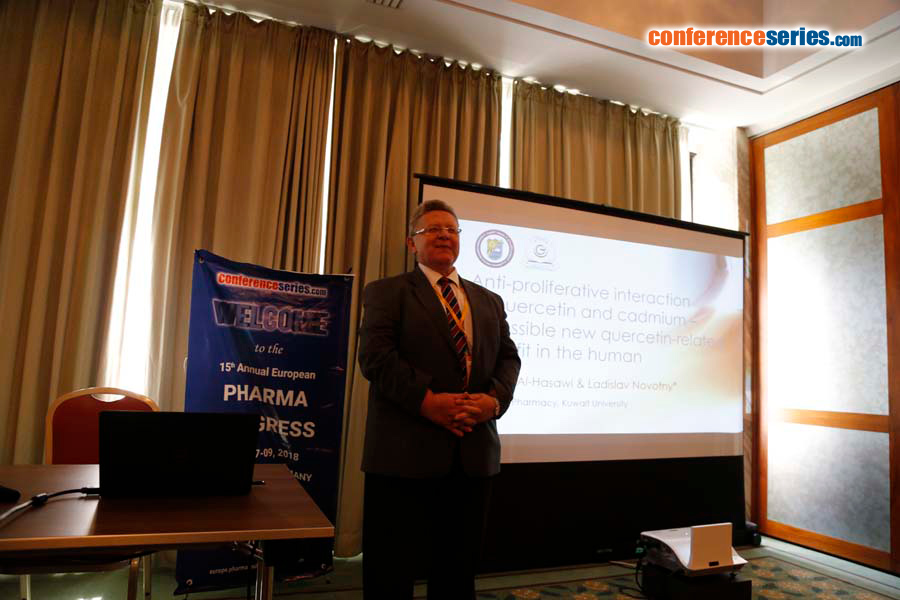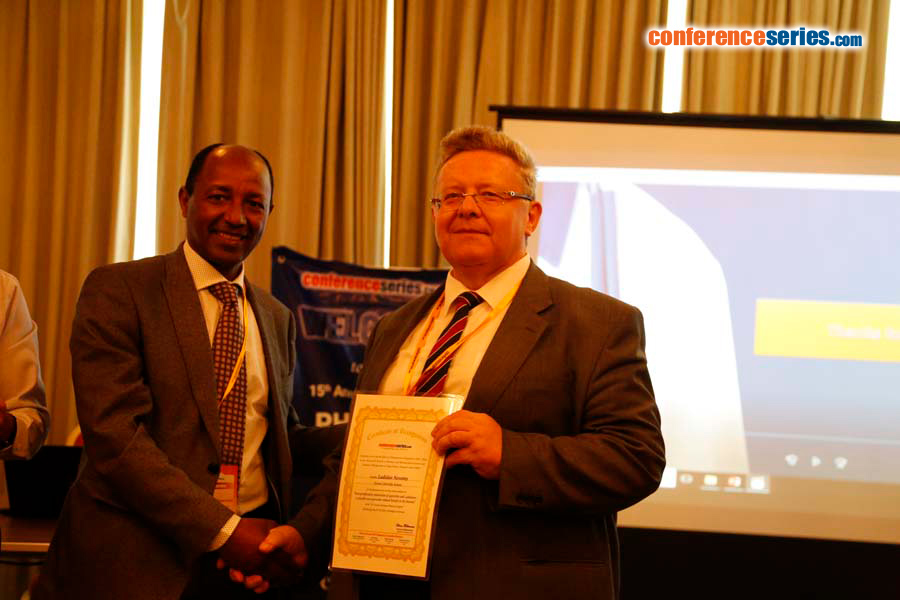
Ladislav Novotny
Kuwait University, Kuwait
Title: Anti-proliferative interaction of quercetin and cadmium – A possible new quercetinrelated benefit in the human
Biography
Biography: Ladislav Novotny
Abstract
Cadmium (Cd) is a toxic heavy metal and industrial pollutant of the environment. Its biological half-life in humans is approximately 30 years. The flavonoid, quercetin (QE) is distributed in plants and is a part of human diet. Many studies demonstrated potential therapeutic effects of QE. Additionally, some studies demonstrated protective effects of QE against Cd-induced toxicity in healthy intact animals. The aim of our study was to investigate the effect of QE and Cd on proliferation in already cancerous cells. Human cancer cells of astrocytoma 1321N1 served as our experimental model. The simultaneous exposure of the cells to QE and Cd (16 μM), significantly reduced cell viability to 21% and 7% at 100 and 200 µM QE, respectively, compared to viability decrease by Cd alone to 81% (48-hours exposure). Other experiments with QE pre-treatment and Cd exposure or co-exposure with QE were performed. The observed effects were time and concentration-dependent. In general, these experiments show the ability of QE to induce cytotoxicity in an in vitro model of cancer cells that may undergo further carcinogenic transformation due to exposure to Cd. Cd alone was less cytotoxic in 1321N1 cells and cells did not benefit from QE presence in the medium. In general, a synergetic anti-proliferative interaction of Cd and QE in malignantly transformed cells was shown. This may represent a novel aspect of QE protective effects on organisms that are exposed to toxic agents as it would not only protect normal cells from toxicity of these toxic agents but would contribute to removal of already malignantly transformed cells from the system or removal of any cell undergoing malignant transformation.




